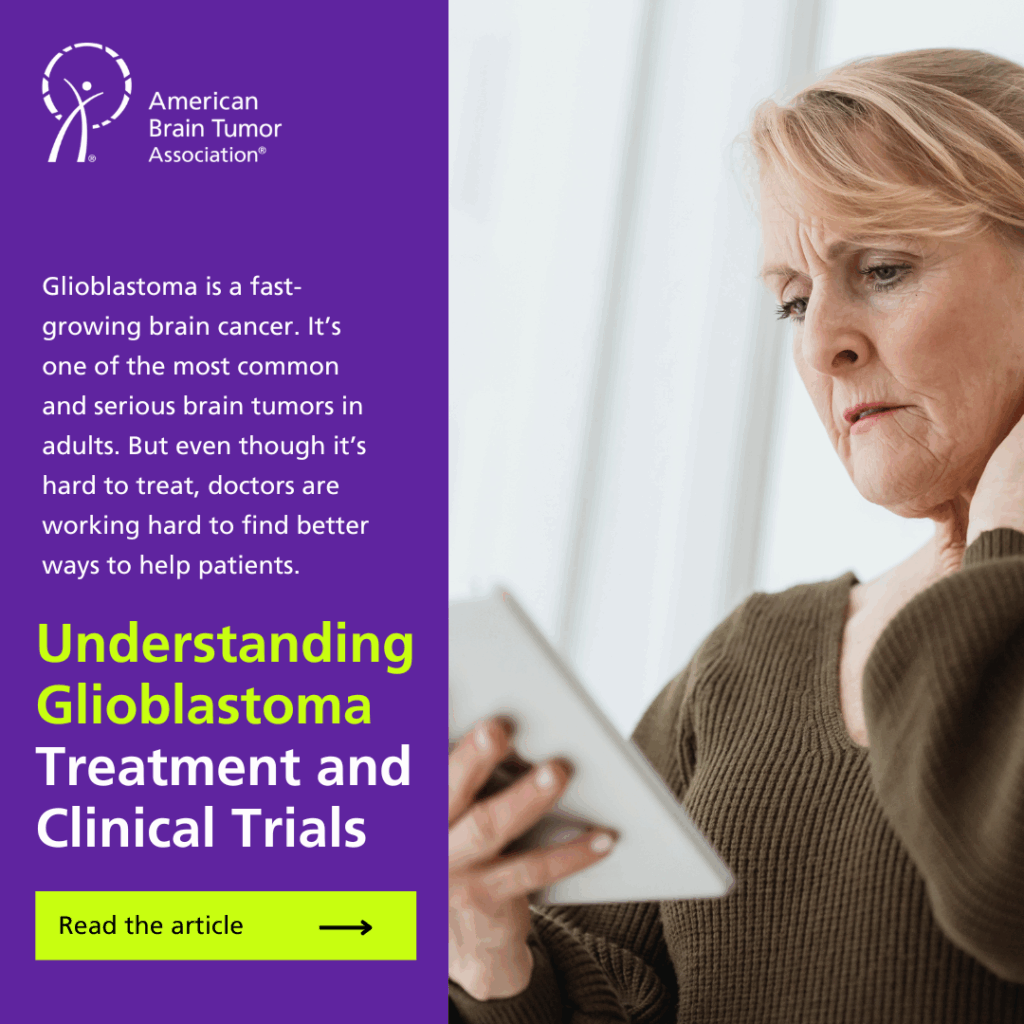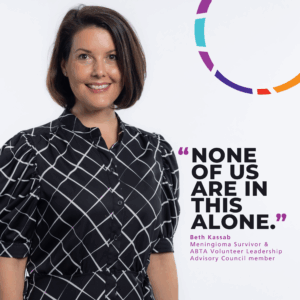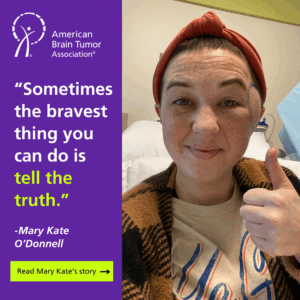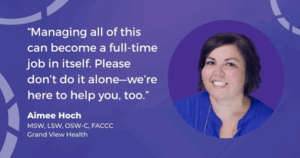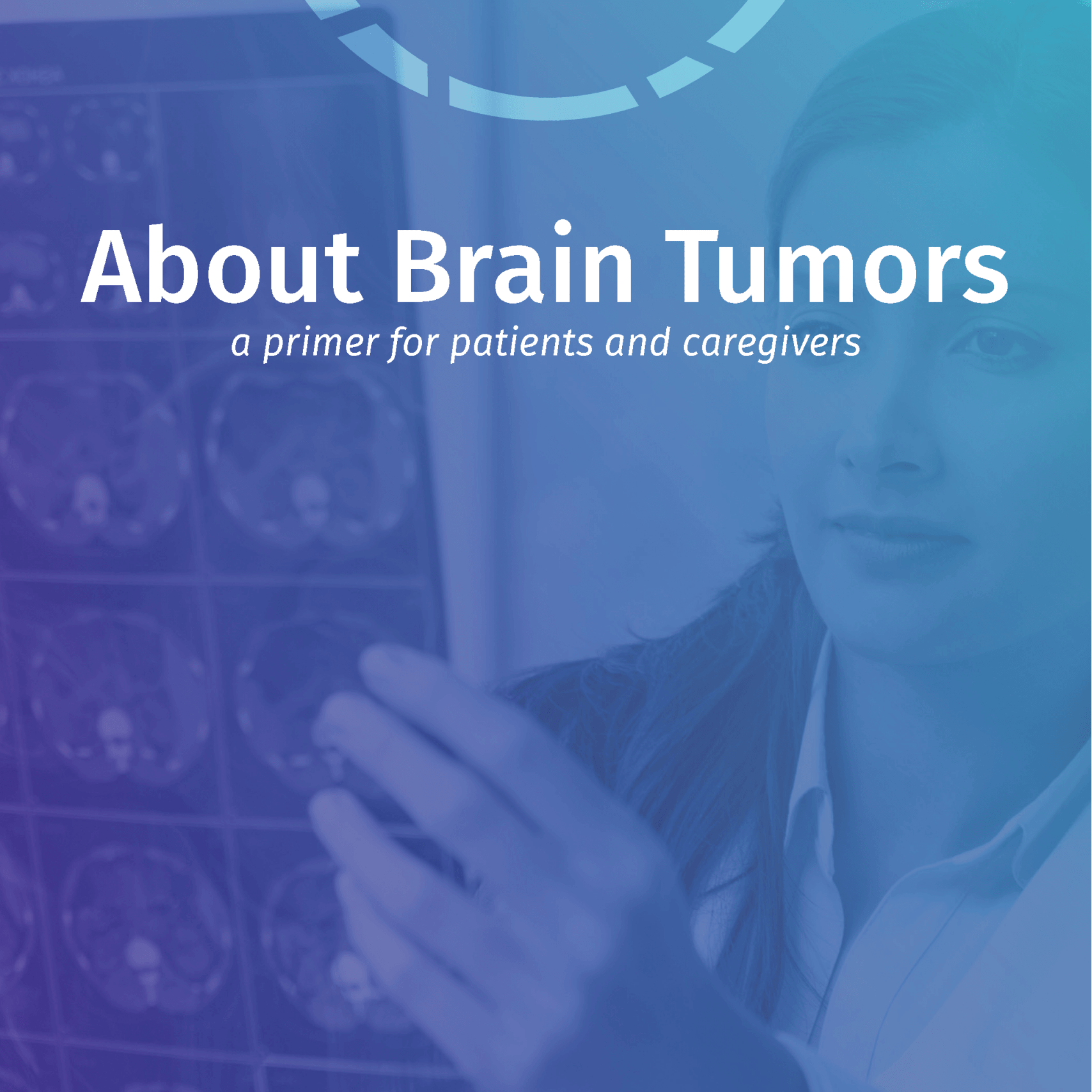Glioblastoma is a fast-growing brain tumor. It is one of the most serious types of brain cancer, but there are many treatments available. Doctors and researchers are working hard to find better ways to care for people with this disease. In this article, we’ll explain how glioblastoma is treated today and how clinical trials may offer new hope.
Standard Treatment for Glioblastoma
The first step in treating glioblastoma is usually surgery. Doctors try to remove as much of the tumor as possible without harming the brain. This is called “maximal safe resection.” After surgery, the next step is radiation and chemotherapy.
Radiation helps kill cancer cells. Chemotherapy is a medicine that works with radiation to keep the tumor from growing. The most common chemo drug is called temozolomide. Some patients also use a device called tumor treating fields (Optune). This device sends mild electrical signals through the scalp, which may help stop cancer cells from growing.
What Happens if the Tumor Comes Back?
Glioblastoma often returns after treatment. When this happens, there is no single “right” treatment. Doctors use a team approach—working together to look at surgery, more radiation, different chemotherapy drugs, or clinical trials. Some people may try targeted therapy, which is based on their tumor’s genes. Others may use medications like bevacizumab to reduce swelling and improve quality of life, though it may not make people live longer.
How Clinical Trials Help
Clinical trials test new treatments to see if they are safe and helpful. These studies are how we find better options for the future. There are three main types of treatments in trials:
- Chemotherapy: These are general cancer-fighting drugs.
- Targeted Therapy: These focus on specific changes in the tumor’s genes.
- Immunotherapy: These treatments help the body’s own immune system fight the cancer.
Clinical trials are voluntary, and patients can stop at any time. There are two main times someone can join a trial: right after diagnosis or when the tumor comes back.
The Phases of Clinical Trials
Trials happen in three main phases. Phase 1 tests safety and finds the right dose. Phase 2 looks at how well the drug works. Phase 3 compares the new treatment to standard treatment to see if it’s better. Each phase includes more people and more information.
Joining a trial can mean more doctor visits, blood tests, and time spent at the hospital. It’s important to know that clinical trials don’t always help, but they are one of the best ways to improve glioblastoma care for the future.
Integrative and Alternative Therapies
Some people with glioblastoma explore integrative therapies like acupuncture, yoga, exercise, and dietary supplements. These may help reduce stress, improve fatigue, and make life feel better. But not all supplements are safe, and they can sometimes interfere with treatment. That’s why it’s important to talk to your doctor before trying anything new.
The Power of Personalized Care
Every person and every tumor is different. What works for one patient might not work for another. That’s why doctors focus on personalized care. They look at your health, age, activity level, and the genetic makeup of your tumor before making a treatment plan.
Final Thoughts
Glioblastoma is a serious illness, but there are many treatment options. Clinical trials offer hope for better care in the future. Alternative therapies may help with side effects and improve quality of life. Always talk to your care team about your options. They are there to help you find the best path forward.
If you are interested in exploring clinical trials, click here to visit the ABTA’s Clinical Trial Finder.
See all the sessions from the Patient Family Meeting on Glioblastoma.


